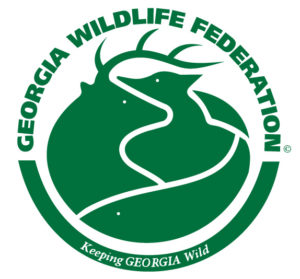 Why do we need federal money for state wildlife management?
Why do we need federal money for state wildlife management?
The current federal State Wildlife Grants program is funded at only a fraction of what states need to conserve at-risk species. State fish and wildlife biologists estimate that it would cost $1.3 billion annually to implement 75 percent of the actions in State Wildlife Management Plans. In addition, our nation’s tribes need similar funds ($97.5 million/annually) to address the hundreds of species and millions of acres of lands they steward. The magnitude of the solution must match the magnitude of the challenge.
Can federal funding be effective?
Game animals were in dire straits at the beginning of the 1930s. We lost species like the Passenger Pigeon that literally had numbered in the billions. Hunters stepped up and funded at the federal level through the Pittman-Robertson Act and today our game animals are thriving under management at the state level. Our sportfish were in a similar situation in the 1960s, and anglers stepped up and funded at the federal level through the Dingell-Johnson Act. Today, our freshwater sportfish are thriving under management at the state level. Federal funding with state management has proven to be very successful.
Will RAWA funding come from a particular source?
Under the bill, RAWA funding will come from the general fund.
Is there a federal agency set up that would manage RAWA?
The management of our wildlife would remain at the state level by the current wildlife management agencies. RAWA FUNDING would be managed at the federal level by the US Fish and Wildlife Service. RAWA is a funding model, not a management model.
Will RAWA funding result in management decisions being made by the federal government instead of the state?
No. At the request of Congress, every state has developed a State Wildlife Action Plan to assess the health of their state’s fish and wildlife and outline conservation actions necessary to sustain them. Collectively, these action plans have identified these 12,000 species and formed a nationwide strategy to prevent them from becoming endangered. Georgia develops its own State Wildlife Action Plan which currently contains roughly 1200 species of concern including both plants and animals (one of only 12 states that include plants). Georgia will continue to develop and implement the state’s management plans.
To learn more about state priorities that the Recovering America’s Wildlife Act would fund, visit Georgia’s State Wildlife Action Plan.

Recent Comments